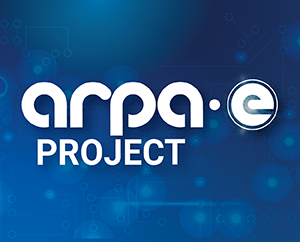Incentive-Based Control of Distributed Assets

Technology Description:
Pacific Northwest National Laboratory (PNNL) will develop and test a hierarchical control framework for coordinating the flexibility of a full range of DERs, including flexible building loads, to supply reserves to the electric power grid. The hierarchical control framework consists of incentive-based control strategies across multiple time-scales. The system will use a slower incentive-based approach to acquire flexible assets that provide services, combined with faster device-level controls that use minimal communication to provide desired responses to the grid. Each DER that chooses to participate will communicate its ability to provide flexibility and the time scale over which it can provide the service. A distribution reliability coordinator will act as an interface between the DERs and the bulk system, coordinating the resources in an economic and reliable manner. The team will characterize various DER types to quantify the maximum flexibility that can be extracted from a collection of DERs in aggregate in order to provide service-level guarantees to the bulk energy market operator. The performance of the resulting hierarchical control system will be tested at scale in a co-simulation environment spanning transmission, distribution, ancillary markets, and communication systems.
Potential Impact:
If successful, projects included in the NODES Program will develop innovative hardware and software solutions to integrate and coordinate generation, transmission, and end-use energy systems at various points on the electric grid. These control systems will enable real-time coordination between distributed generation, such as rooftop and community solar assets and bulk power generation, while proactively shaping electric load. This will alleviate periods of costly peak demand, reduce wasted energy, and increase renewables penetration on the grid.
Security:
Innovations from this program would help the U.S. grid assimilate at least 50% of renewable generation and provide system reliability and resiliency while managing emerging energy generation and consumption patterns.
Environment:
The addition of flexible loads and DERs into the U.S. grid could offset 3.3 quads of thermal generation and displace 290 million tons of CO2 emissions.
Economy:
Using the NODES approach to integrate flexible loads and DERs into the grid could replace 4.5 GW of spinning reserves (i.e. generation capacity on stand-by in case of outages and unforeseen intermittency), a value of $3.3 billion per year. A more efficient and reliable grid would help protect U.S. businesses from costly power outages and brownouts.
Contact
ARPA-E Program Director:
Dr. Mario Garcia-Sanz
Project Contact:
Dr. Karanjit Kalsi
Press and General Inquiries Email:
ARPA-E-Comms@hq.doe.gov
Project Contact Email:
karanjit.kalsi@pnnl.gov
Partners
United Technologies Research Center
Alstom Grid
Southern California Edison
Related Projects
Release Date:
02/04/2015
